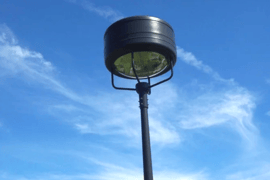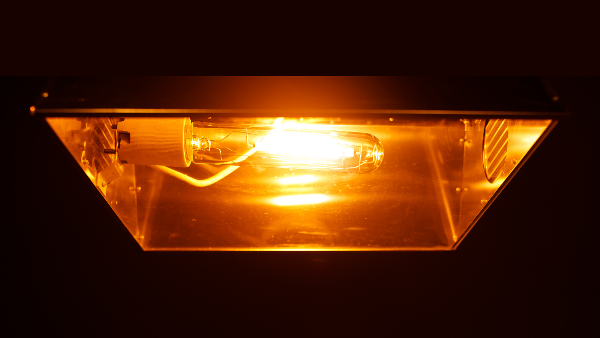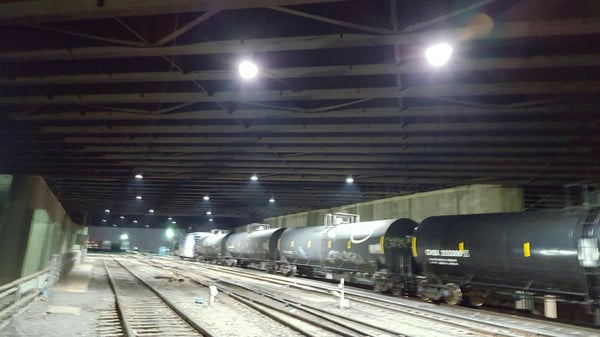
Three Common Issues with HID Parking Lot Lights
LED Retrofit,
Parking Garage Lighting,
LED Lighting,
Government/Municipal Lighting,
Retail Lighting,
Commercial Lighting,
Parking Lot Lighting,
Lighting Education,
Medical Facility Lighting,
School and University Lighting,
Outdoor Lighting,
Flood Lighting,
Area Lighting,
High Mast Lighting,
Hospitality Lighting

